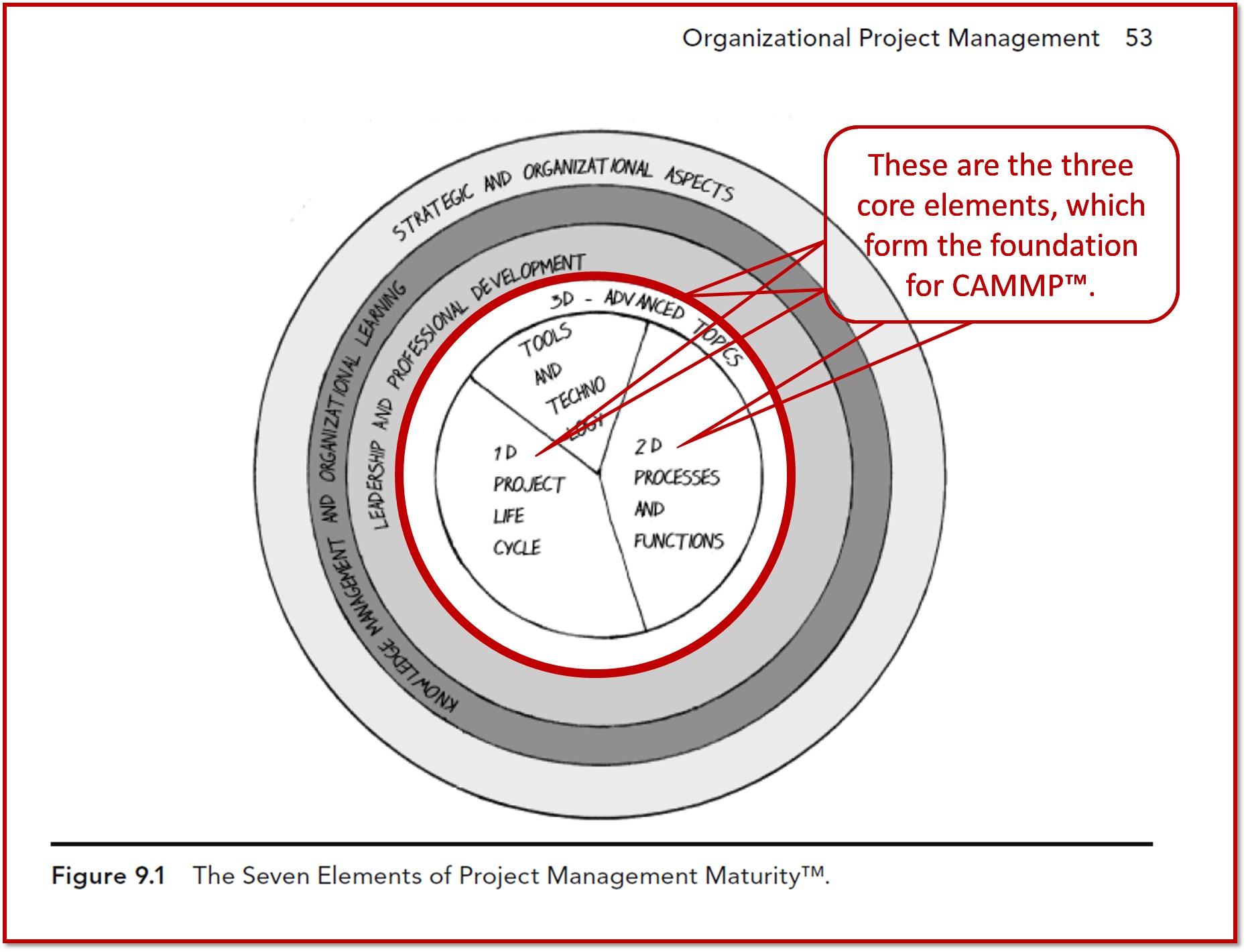The following is another image, from another chapter in our recent book, #Project Management beyond #Waterfall and #Agile (https://goo.gl/hFYoHQ). It is about the SUKAD Seven Elements of Project Management Maturity, which is the model we use to help organizations build their OPMS, Organizational Project Management System.
The OPMS Model

This image is from the chapter on Organizational Project Management (#OPM); Chapter 9. The red is added here to illustrate the concept and is not in the original graphics.
Organizational Project Management System
The importance of this chapter (and graphics) is to remind everyone that guides like the #PMBOK Guide and #ISO21500 are not enough to manage projects. This is not a critique of those guides since these guides are NOT #PM_Methods. Further, these guides clear mandate is that organizations MUST HAVE an established Organizational Project Management System (#OPMS) that project managers and teams can use to manage projects.
In addition, if organizations do not have an OPMS, inclusive of policies, guidelines, methods, flowcharts, etc., that are #tailored to the type of projects the organization handles, then their project managers are reinventing the wheel with every project, which will likely result in less than optimal and consistent performance.
#OPMS will help organizations deliver projects faster, cheaper, better, and with a higher level of satisfaction.
The red in the graphics is to highlight that the core of the OPMS Model, which we developed in SUKAD back in 2010, is the CAMMP™ Model (CAMMP™ = The Customizable and Adaptable Methodology for Managing Projects™).
Did you get your copy of the book yet? You can find on Amazon or from SUKAD.

Hi Mounir,
Given that project management is a process or series of processes, and given that projects are “unique, on time events”, why are you showing this as some kind of circle?
Why not show it more logically and rationally as it is- a primarily linear process with feedback loops?
Given we both come from a background in oil and gas, why try to reinvent the wheel? The fully integrated asset, portfolio, program and project management model developed by Esso or Diamond Shamrock back in the mid 1950’s is a tested and proven methodology that, when followed the way it should be, WORKS. This is supported by the fact that this Esso/Diamond Shamrock model, is still in use by not only all the major International but also nearly all the National oil companies as well?
So why are we continuously trying to reinvent the wheel? Why not work to ADAPT this tested and proven approach for use on other sectors, like IT? Or government- areas where the failure rate of projects remains high?
BR,
Dr. PDG, Jakarta
Dr. Paul
Because I am not talking about the process of delivering a project, this is about the elements of a system